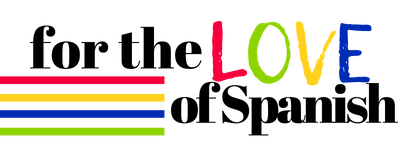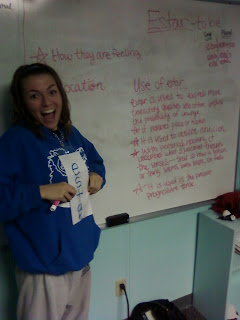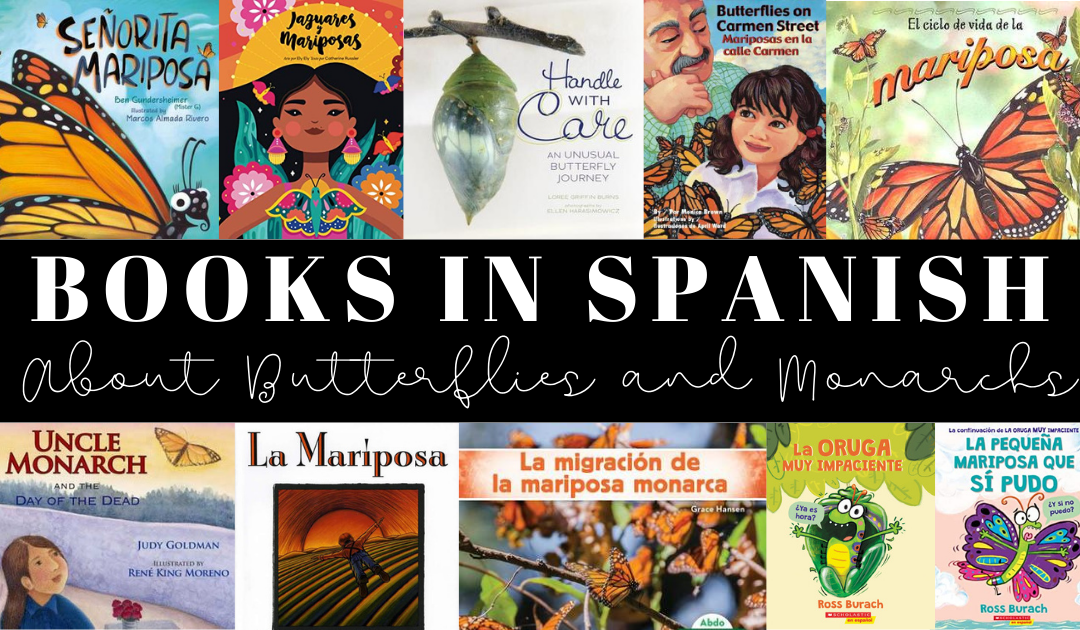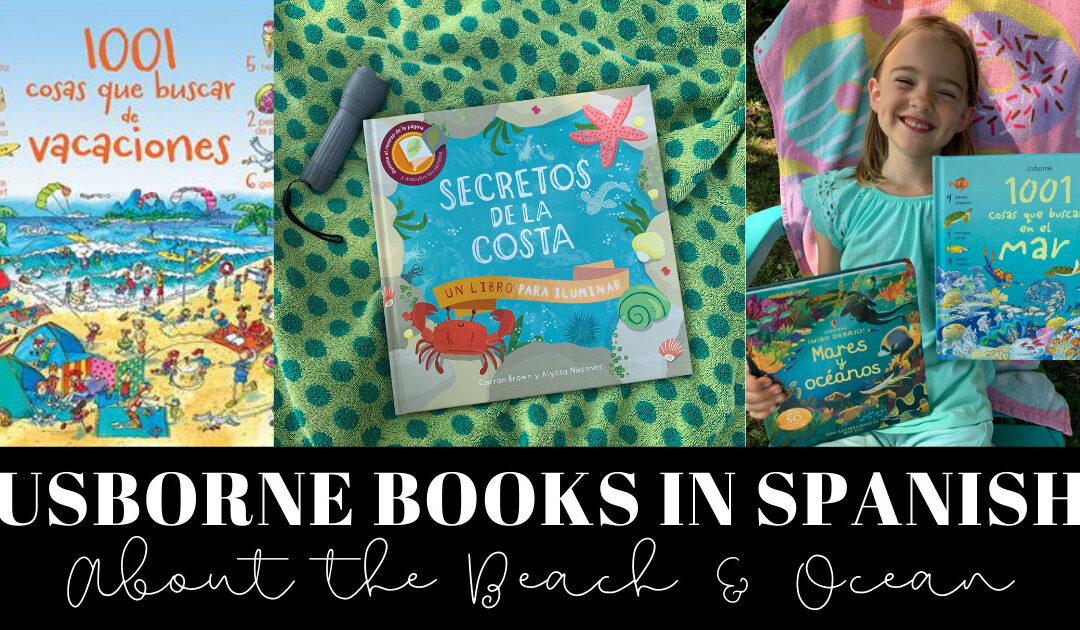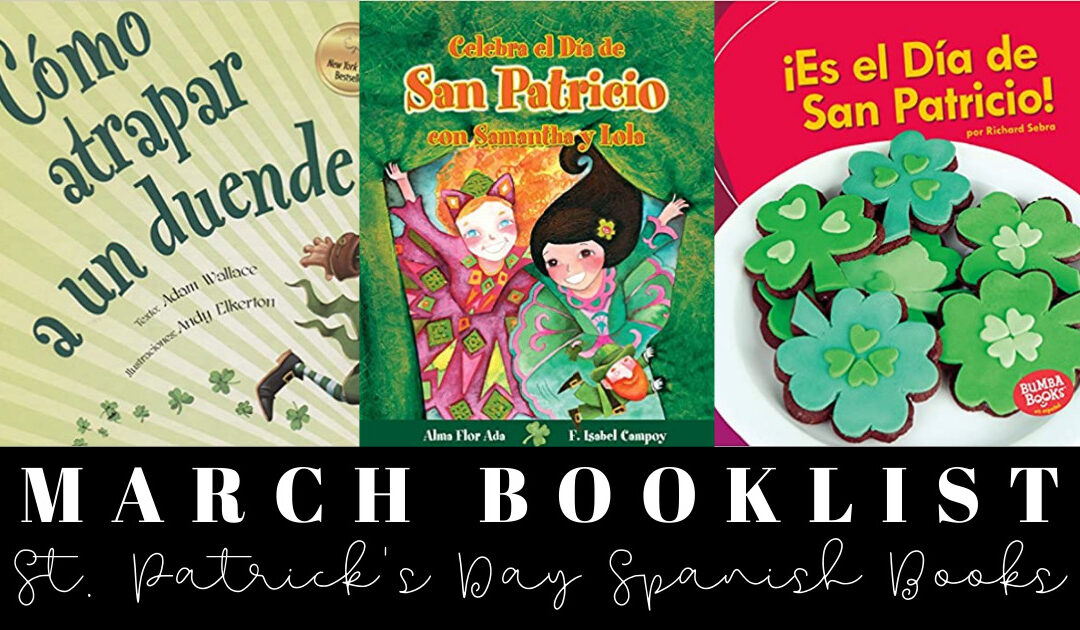Did you know there are two ways to say “to be” in Spanish? That’s right. The verb ser means “to be,” and the verb estar means “to be” also. In English, we use the verb “to be” when we say, “I am,” “She is,” “They are,” “We are,” and so on.
In Spanish the verb ser (to be) is conjugated like this:
soy (I am)
eres (you are–informal)
es (he/she is; you are–formal)
somos (we are)
son (they are; you all are)
The verb estar (to be) is conjugated like this:
estoy (I am)
So how do you know when to use which, you ask? Simple. See below. These high schoolers can teach you all the rules of ser vs. estar.
ESTAR
- Location:
¿Dónde está el baño? (Where is the bathroom?)
-
Feelings: Estoy cansada. (I am tired.) ¿Cómo estás? (How are you?)
-
Reactions: ¡La sopa está buena! (The soup is good!)
-
Present Progressive: estar + gerund (-ing form) Estoy caminando. (I am walking.) Ella está hablando. (She is talking.)
SER
- Characteristics/Personality: Ella es bonita. (She is pretty)
- Material: La mesa es madera. (The table is wooden.)
- Nationality: Ella is norteamericana. (She is North American)
- Origin: Yo soy de Missouri. (I am from Missouri.)
- Profession: Somos enfermeras. (We are nurses.)
- Time & Dates: Son las tres. (It’s 3 o’clock.) Hoy es jueves. (Today is Thursday.)
- Where something takes place: La fiesta es en la casa de Mario. (The party is at Mario’s house.)
- Possession: El libro es de la profesora. (The book is the professor’s.)
- Relationship: Antonio es el hermano de Julia. (Anthony is Julia’s brother.)
